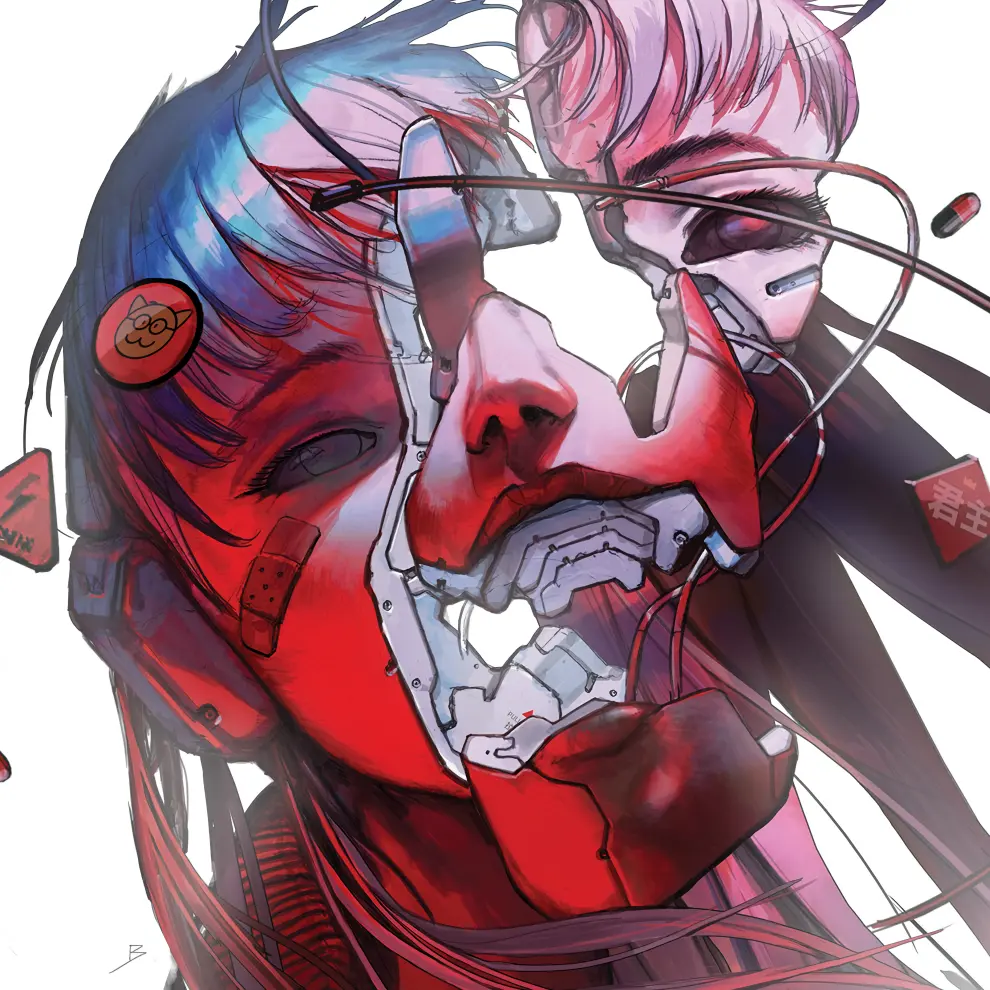Title.
You might’ve heard the fancy term ludonarrative dissonance, which describes something a lot of modern games suffer from. It’s the way games often tell stories that don’t fit within their gameplay loops. How a character can take 20 shots to the head in gameplay, and then die from a single wound in a cutscene. Or how in the story, characters can act like people who would never do the things they do do in gameplay.
This conflict doesn’t actually ruin a game most of the time. But the pictured game is one which is renowned for showcasing what can be done when gameplay is used as a narrative device, reinforcing rather than conflicting with the story. Using every element of a game in concert.


Darkest Dungeon is seemingly only winnable if you can learn to treat your heroes as disposable, in your unhinged quest for occult power. The friends you made along the way become burned out husks that you discard. You monster.
Besiege makes you feel like some kind of goblin engineer whose mad genius will destroy the world.
Rain World uses clunky mechanics and dynamic AI interactions to make you feel like a vulnerable morsel in a hostile ecosystem of lively beasts.
Undertale’s combat system artfully turns every fight into a metaphor for your relationship with the enemy.
And that’s why I never won Darkest Dungeon
I also never learned how the sparing mechanic works in Undertale because Toriel is a two-faced hypocritical abuser and when she told me I could defend myself from violent monsters by choosing nonviolence I thought she was full of shit.
https://youtube.com/watch?v=l7NkXn60hnA